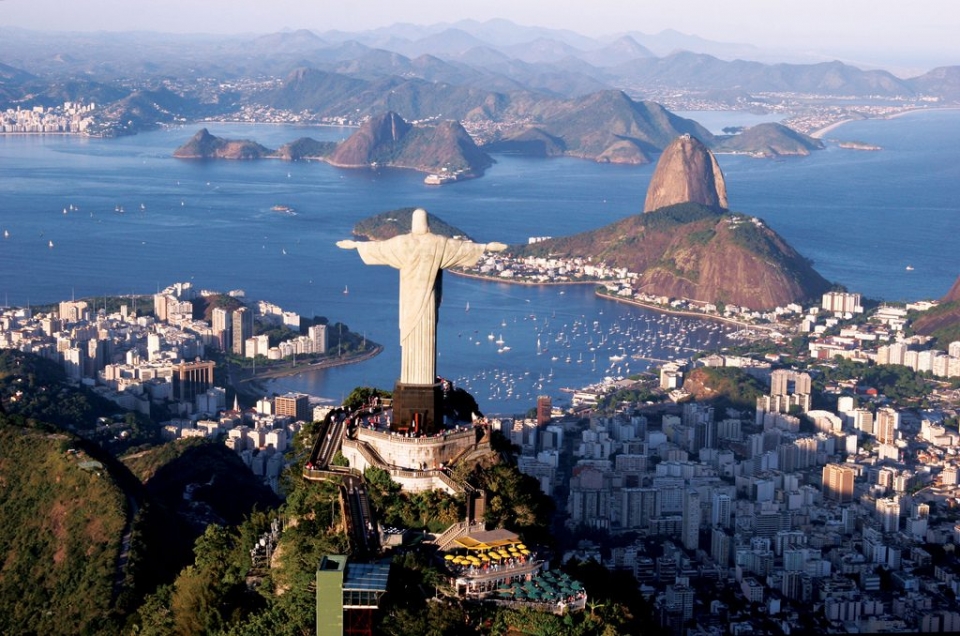Unpublished
Rio’s beauty
The city of Rio de Janeiro, with its beautiful landscape, has in the water and in the mountains the main aspects of its exuberant geography. Rio de Janeiro’s topographic diversity extends itself to the vegetation. Forests cover the mountainsides and species remaining from the Atlantic Forest are preserved in Tijuca’s National Park. Lowland forests, restingas and mangroves are preserved in the Grumari and Prainha environmental protection areas. Although the city has become one of the biggest urban areas in the world, it grew around the great green belt that is called Tijuca Forest, the biggest urban forest in the world, which continues maintaining valuable species from its original ecosystems, even though it was replanted in the 19th century. It was the first example of reforestation with native species. Humankind’s interference brought even more nature to the city with the construction of parks and squares.

History
When the second Portuguese exploratory expedition, led by Gaspar Lemos, arrived at the bay in January 1502, the navigator thought it was the mouth of a river and, therefore, decided to call the region Rio de Janeiro (January River). But only in 1530, the Portuguese court sent another expedition to colonize the area, instead of simply using it as a stopover in their maritime adventures. The French, on the other hand, had been in Rio de Janeiro and its surrounding area since the beginning of the century, and they were willing to fight for the region. In 1560, after a number of battles, the Portuguese expelled the French.
The city really began in São Januário Hill, later on called Castelo Hill, and afterwards in Quinze Square, which is still a vital center for Rio. Rio de Janeiro developed itself thanks to its natural vocation as a port. At the same time gold was discovered in the State of Minas Gerais, at the end of the 17th century, the Governor of Brazil became the Vice King. Salvador was the capital of the colony, but the ever growing importance of the port of Rio guaranteed the transfer of the Government to the south. In 1808, the Portuguese royal family came to Rio de Janeiro, the safe haven chosen due to the threat of a Napoleonic invasion. When the royal family went back to Portugal and Brazil’s independence was declared in 1822, the gold mines had already been exhausted and given their place to another kind of wealth: coffee.
Its growth continued almost throughout the entire 19th century, initially, towards the north, to São Cristóvão and Tijuca, and after that towards the south zone, passing through Glória, Flamengo and Botafogo. In 1889, the capital of the Empire witnessed the fall of the Monarchy. The political changes followed capitalist ideals and trends. The transition from Monarchy to a Republic began in 1889 and only effectively ended in 1930. With the Proclamation of the Republic, the city became the federal capital. At the beginning of the 20th century, wide streets and imposing constructions were made, most of them in the end of the century style. Rio de Janeiro kept its position until Brasilia became the capital of the republic in 1960.
Weather - September in Rio de Janeiro usually offers day temperatures ranging between 19 – 25°Celsius (66 - 77 °F).
Sights - We recommend the Visit.Rio website for more tourist information.



